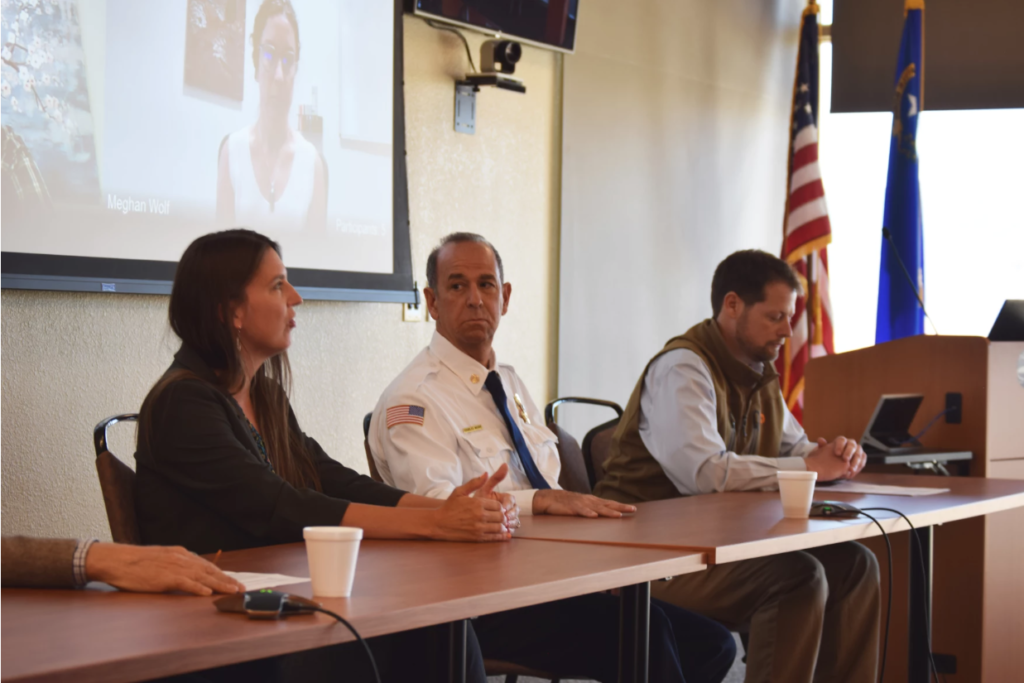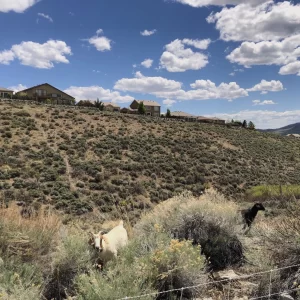
This story was shared with permission from KUNR Public Radio.
A panel of fire science experts convened at the Desert Research Institute (DRI) in Reno to discuss the extent of the devastation caused by climate-driven wildfires and their predictions for the 2022 fire season.
The American West is reeling from back-to-back catastrophic wildfire seasons in 2020 and 2021. Recent tree ring analysis by the U.S. Department of Agriculture yields evidence that the region is experiencing the worst drought in more than 1,200 years. Suffice to say, our relationship with the place we call home is changing. Panelist Christina Restaino is a natural resource specialist at UNR.
“We need to live with fire and be prepared for the big wildfires that we now experience due to climate change,” Restaino said. “We have to live with some amount of smoke. In certain ecosystems, fire as a tool is incredibly appropriate. So, making sure that we understand that smoke-free skies is actually not ever what the West was like.”
Though climate change is a long-established accelerant of drought and wildfires, these patterns are also influenced by natural cycles that shift every few decades. The ongoing period of drought has reduced much of the grassy vegetation which fueled previous fire complexes. Restaino said that this is likely to change the geographic distribution of wildfires in the approaching season. She predicts that people living on the fringes of urban areas — especially those bordering forests — are among the most vulnerable to this new regime.
“The outlook for this year is that we are expecting to see more fire in forest ecosystems and potentially less fire in the sagebrush ecosystem,” she added. “I think that’s an important ecological connection to make.”
Jennifer Cantley and her family have suffered adverse health effects associated with exposure to wildfire smoke. Cantley is a lifelong Nevadan and a mother of three.
“I had the horrible experience of waking up and hearing my youngest [child] barely breathing,” Cantley said. “All I could hear was [labored breathing]. When I went into the room, his oxygen was down to 82%. Our smoke level [air quality index] was almost at 600.”
Cantley said her concerns that wildfire smoke caused or amplified her child’s respiratory illness inspired her advocacy for Moms Clean Air Force. The organization supports projects that help reduce air pollution, fight climate change, and improve the health of children and families.
Shelby Herbert is a reporter for KUNR and the Hitchcock Project for Visualizing Science in the Reynolds School of Journalism at UNR.





